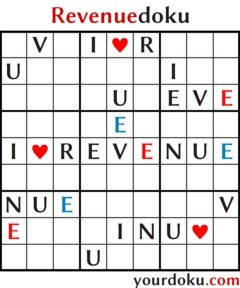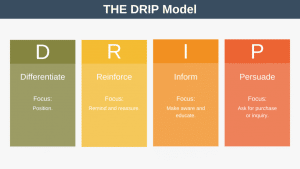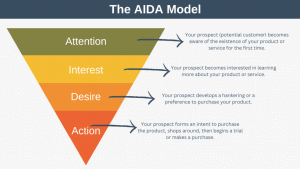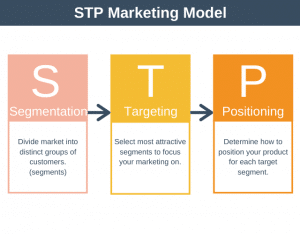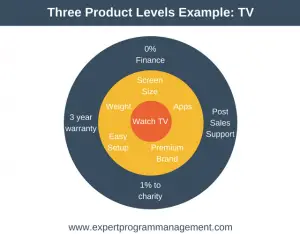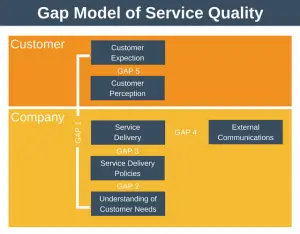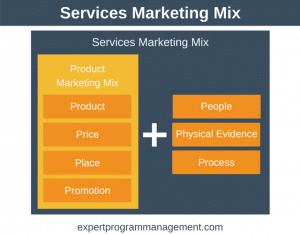At the absolute core of every business are revenue streams. Revenue is obviously the cash a company earns from its customers, but you can also think of revenue (and revenue streams) as the parts of value generated by a business for which customers are willing to pay. In a very broad sense there are just two types of revenue streams:
- One-time Revenues: also known as transactional revenues, where the customer pays just once for the value.
- Recurring Revenues: where the customer pays over and over to continue receiving the value, or they pay over and over to receive ongoing support for their initial purchase.
So one-time payments and recurring payments are the broad methods by which an organization can generate revenues, but here are some specific methods of generating revenues which fall within these two categories…
1. Asset Sale
This is probably the most widely understood revenue stream. The customer purchases an asset from a company for an agreed price. Examples include, Amazon selling books, Apple selling phones, and Boeing selling airplanes.
2. Usage Fee
Here the customer pays for using a service provided by the company. Effectively the customer is paying on a per-use basis. Examples include, a car hire firm that charges by the number of days a car is hired, and a mobile operator that charges by the number of minutes of calls made by the customer.
3. Subscription Fee
With this revenue stream the customer pays a regular subscription for continued use of a service. For example, Sky Television in the UK charges a monthly fee for access to its channels, and gyms charge a monthly subscription for access to their facilities.
4. Brokerage Fee
A broker acts an an intermediary between two parties who wish to
buy and sell, a customer and a provider. For example, real estate agents market properties to potential purchasers on behalf of property sellers. Once a property has been successfully sold then the seller will pay the real estate agent a small percentage of the sale price for successfully brokering the sale.
5. Lending/Renting/Leasing
Here the customer gains the right to use the company’s product (the asset) or service for a fixed period of time. At the end of the agreed period of time the asset must be returned to the company. Examples include car leasing companies where the customer leases a car for a fixed period (usually three years) and at the end of the period returns the car to the company, and in the UK, Love Film allows users to hire a fixed number of DVD’s during a calendar month.
6. Advertising Fee
The media industry – TV, radio, and Internet magazines are particularly dependent on advertising fees for income. Recently, many high-tech companies have become dependent on advertising revenue, for example Google. In fact, this website makes a small income from advertising each month.
7. Licensing
With this revenue stream the customer is given permission to use a product in exchange for licensing fees being paid to the rights holder (a company or individual). The advantage of licensing fees is that they allow rights holders to generate revenue from the intellectual property without necessarily having to generate a physical product. A classic example of licensing is the fact that every time a song is played on the radio then a license fee must be paid by the radio station (the customer) to the license holder.
More Complexity
An added layer of complexity comes from the fact that each of the pricing mechanisms outlined above can have different pricing mechanisms applied to them. For example, price could be feature dependent, or customer segment dependent, or based around yield-management, or real-time markets to name just a few of the available pricing mechanism. I’ll cover pricing mechanisms in a future article.
Summary
There are essentially two types of revenue: one-time revenue and recurring revenue streams. Within these two broad categories of revenue there are many different types of revenue, the most common of these are described above.
* Image by yourdoku, and by the way, if you’re really bored the above revenue sudoku image is solvable!
